Новая Зеландия. Часть IIINew Zealand. Part IIIНа карте мира Map11–13 марта 2009
March — Ой, а правда, что в Новой Зеландии волшебное небо, прекрасный океан и чистый воздух? “Oh hey, is it true that New Zealand has magical skies, magnificent ocean views, and clean, fresh air?” 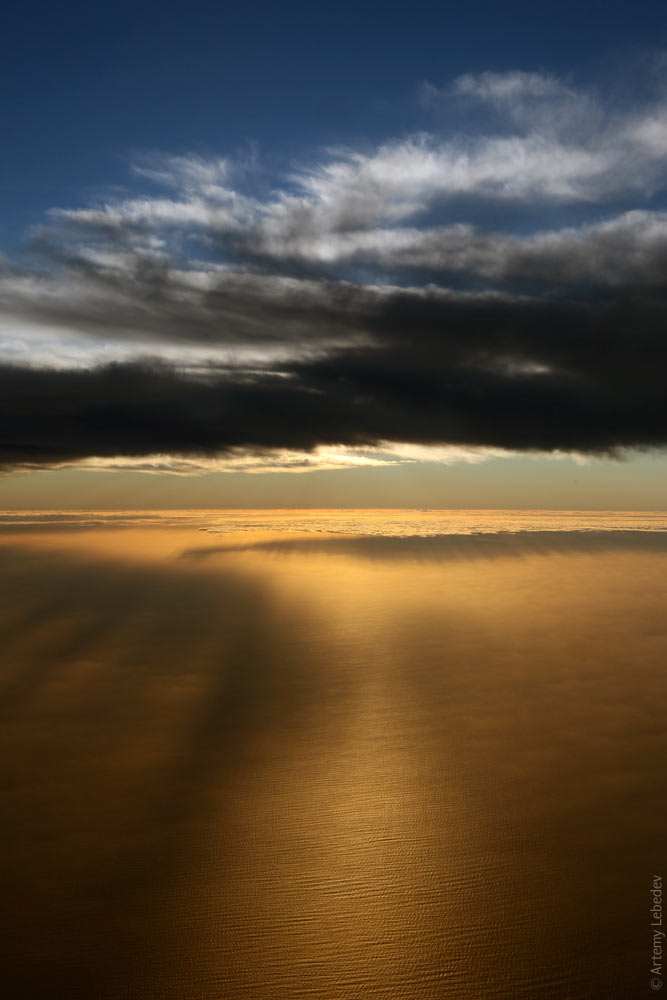 — Правда. А теперь вернемся к интересному. “Yes. Now let’s get back to the interesting stuff.” ВеллингтонWellingtonНа карте мира MapЭто столица Новой Зеландии. Тут ездят троллейбусы, на которые интересно смотреть сзади. Спереди они похожи на обычные автобусы. This is the capital of New Zealand. The trolleybuses here are interesting to observe from the back. From the front, they look like regular buses. 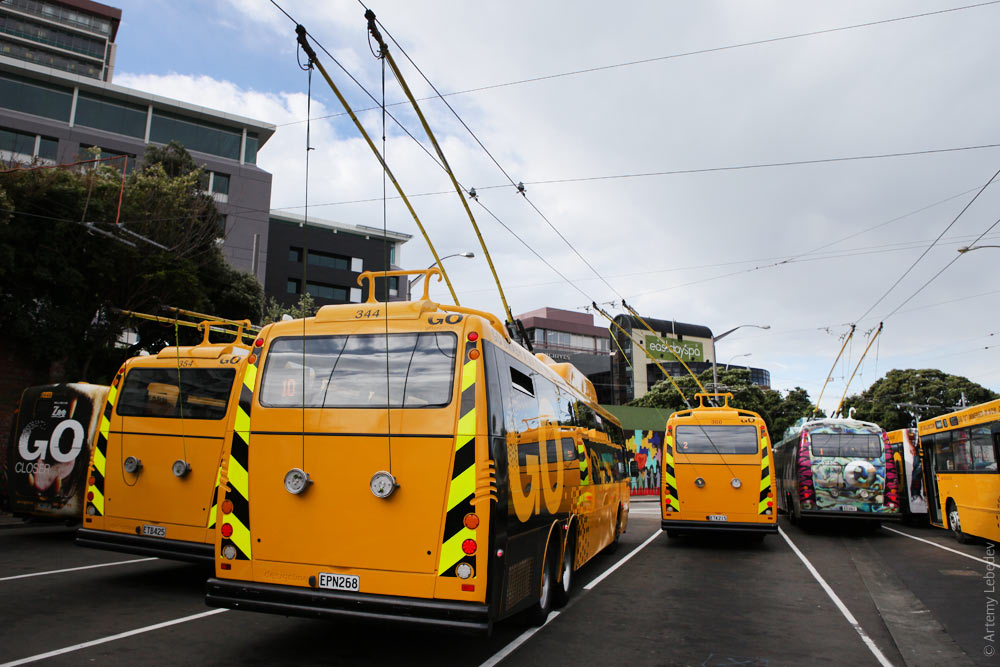 Знак сообщает о наличии пешеходного перехода (интересная противоположность австралийским ногам). A sign indicating a pedestrian crosswalk (an interesting antithesis to Australia’s legs). 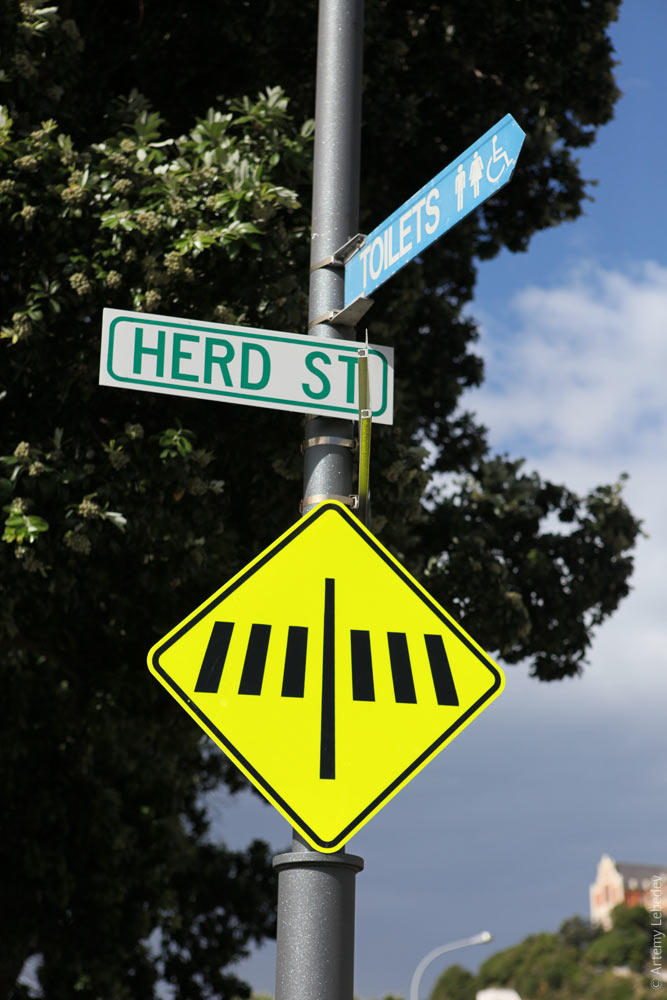 Веллингтонские урны. Wellington trash and recycling cans.  В одном месте город довольно плотно застроен, но продолжается это недолго — пару кварталов буквально. The city has one fairly densely built-up area, but this doesn’t go on for very long—literally just a couple of blocks. 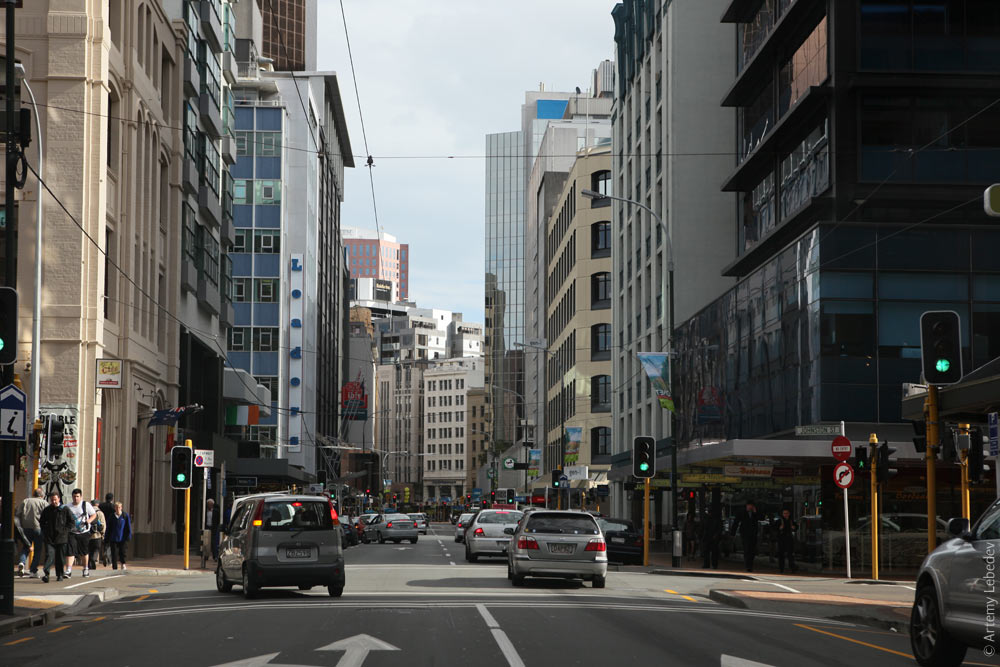 В основном все живут на сопках. Чем-то все это напоминает Гренландию — такие же цветные крыши, чтоб жителей веселить, такая же спокойная суровая красота. Most people live up in the hills. Somehow this is all very reminiscent of Greenland: the same colorful roofs to bring cheer to the residents, the same calm austere beauty. 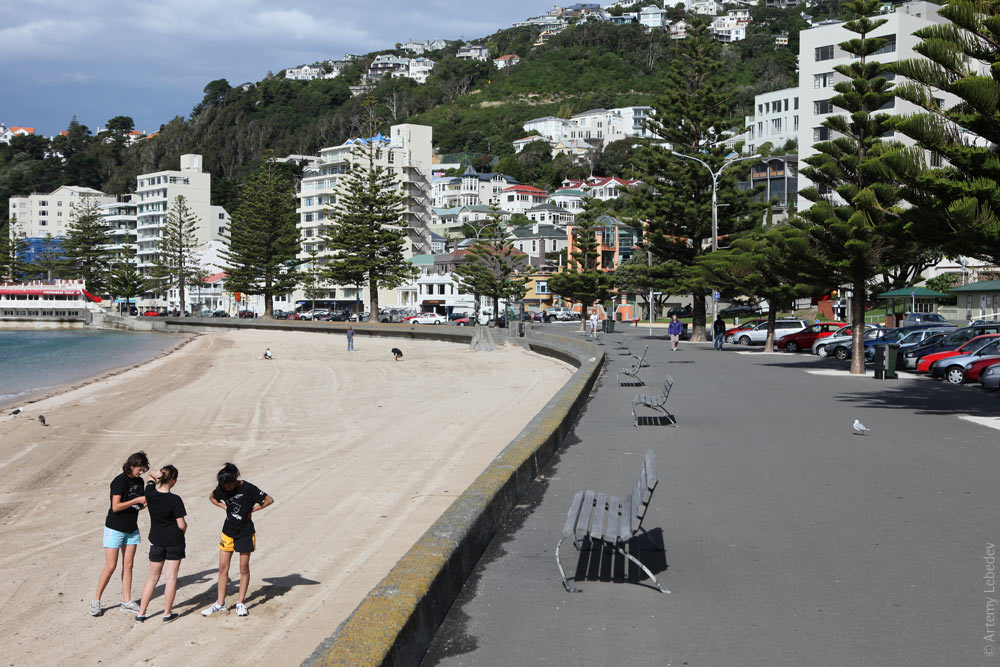 Новая Зеландия состоит из двух островов — северного и южного. Невероятно, но факт: острова эти называются Северный остров и Южный остров. Из Веллингтона ходит паром. В порту висит предупреждение о запрете провоза пчел на Южный остров. New Zealand consists of two islands: a north and south one. Shockingly, they’re called North Island and South Island. A ferry runs between the two from Wellington. The port has a sign warning you not to bring any bees to South Island. 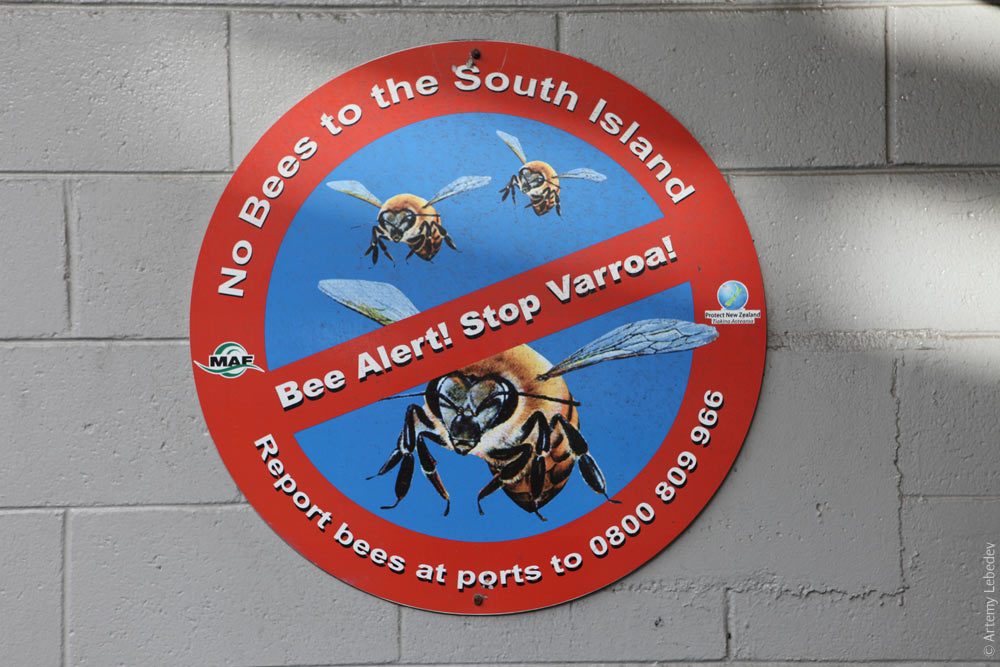 ПиктонPictonНа карте мира MapСюда прибывает паром, больше здесь делать совершенно нечего. В порту стоит на вечном приколе корабль первопоселенцев «Эдвин Фокс». От него мало что осталось, но эти останки очень любят. Музей заставляет задуматься о живучести дерева. This is where the ferry arrives; there’s absolutely nothing else to do here. The ship Edwin Fox, which brought some of the first settlers to New Zealand, is permanently dry-docked at the harbor. Not much of it remains, but these remains are highly cherished. The museum makes you ponder the longevity of wood. 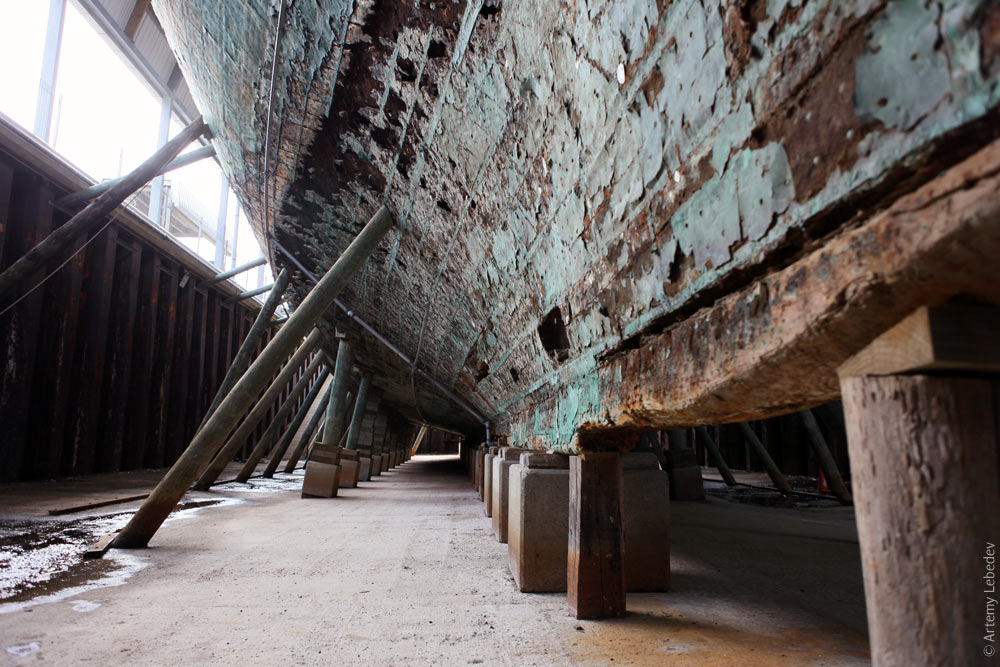 Еще тут стоит обязательный для любого населенного пункта монумент погибшим во время Первой мировой войны (ср. с однополчанином в австралийском Сэдлворсе). Picton also has the obligatory monument to the fallen of World War I (compare this to his army buddy in Saddleworth, Australia). 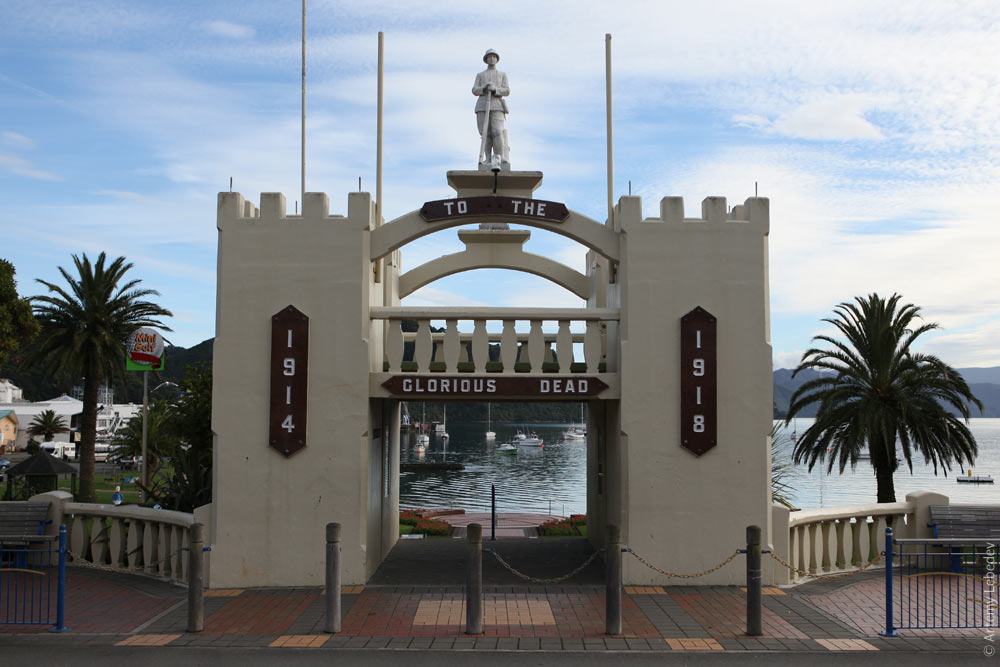 У загородных домов самый популярный мотив в оформлении почтовых ящиков — домик. Чтобы письмо попало в большой домик, его надо положить в маленький. The most popular motif for post boxes in rural areas is a little house. In order for a letter to reach the big house, it must be deposited in the little one. 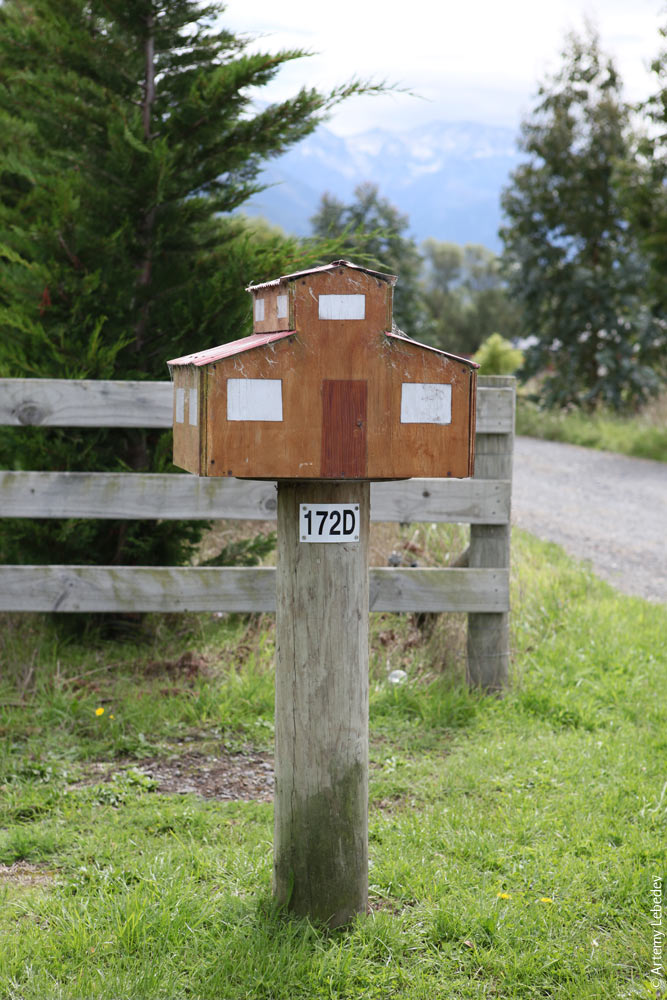 Дорога вдоль берега красива. The road along the coast is pretty. 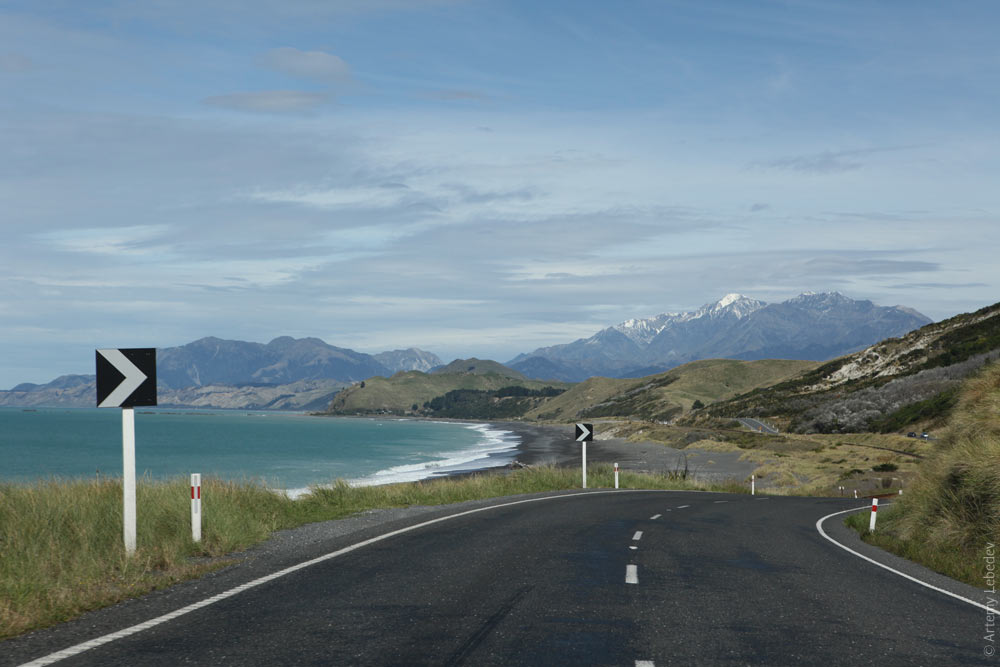 Хочется останавливаться, любоваться пейзажами. It makes you want to stop and take in the views. 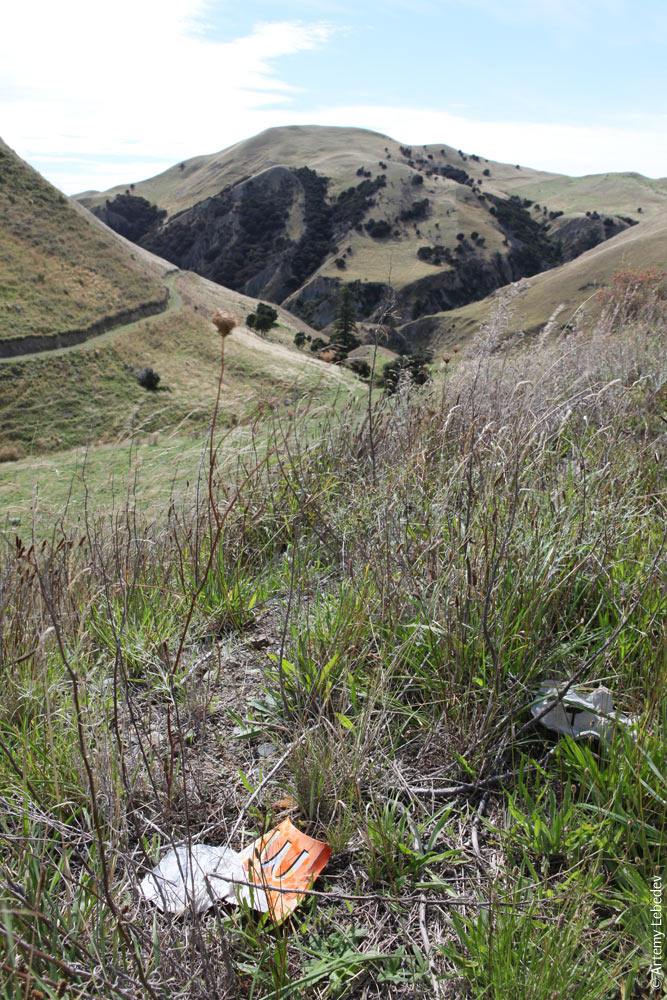 Вдоль дорог стоят щиты с социальной рекламой, обращающиеся к водителям по разным поводам. Уровень исполнения поражает воображение. PSAs along the road address drivers on a variety of issues. The quality of execution boggles the mind. 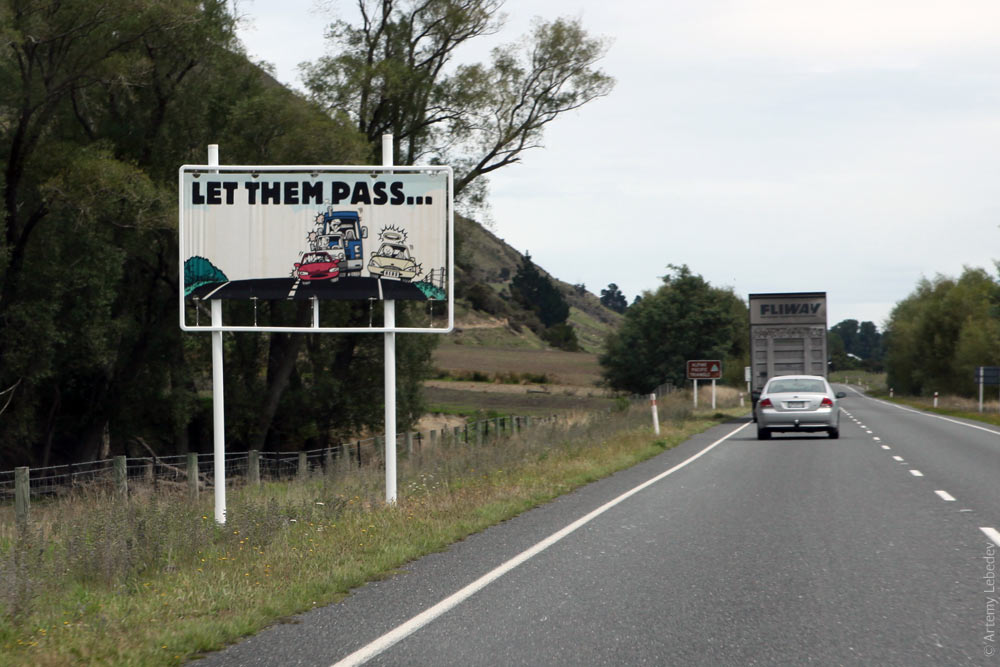 Универсальная пиктограмма в общественном сортире. A universal pictogram in a public toilet. 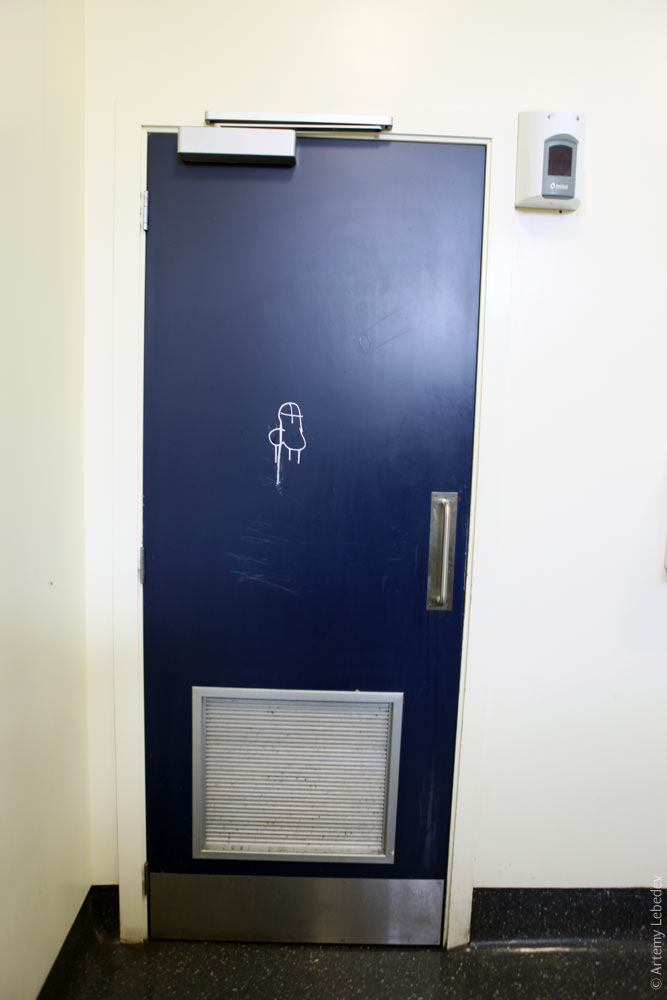 Дорожный знак, на котором схематично изображается главная дорога, примыкающие дороги и пересечение с железной дорогой. Железная дорога на знаках всегда обозначается как карикатурно зашитый шрам. A traffic sign with a schematic representation of the main road, adjoining side roads, and a railroad crossing. Railroads on signs are always depicted as cartoon scars with stitches. 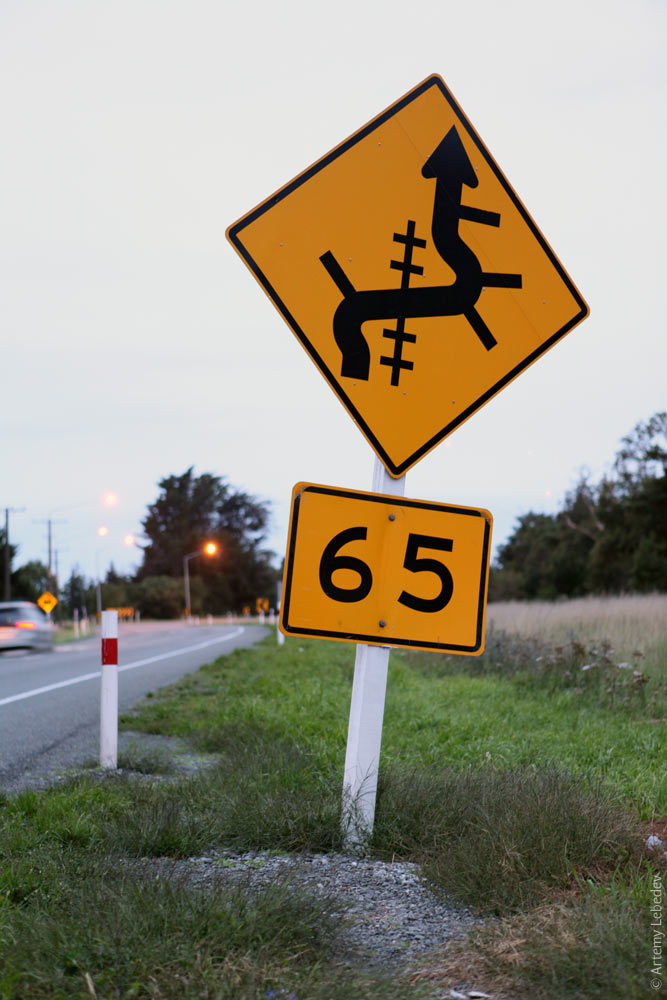 КристчерчChristchurchНа карте мира MapПо-русски этот город назывался бы Христова Церковь. The Church of Christ.  Довольно симпатичное место, напоминающее чем-то немецкие городки. A rather charming place that somewhat resembles towns in Germany. 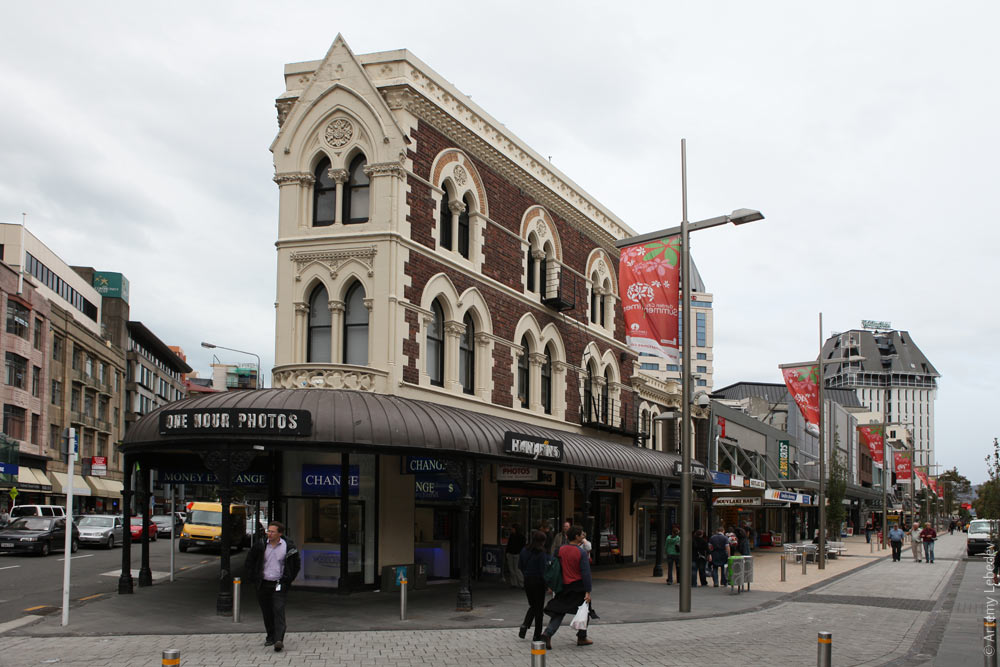 Тут на светофорных столбах располагаются подсвечиваемые знаки (такое еще встретилось только в Гамильтоне). Traffic light poles have illuminated signs attached to them (the only other place I saw this was Hamilton). 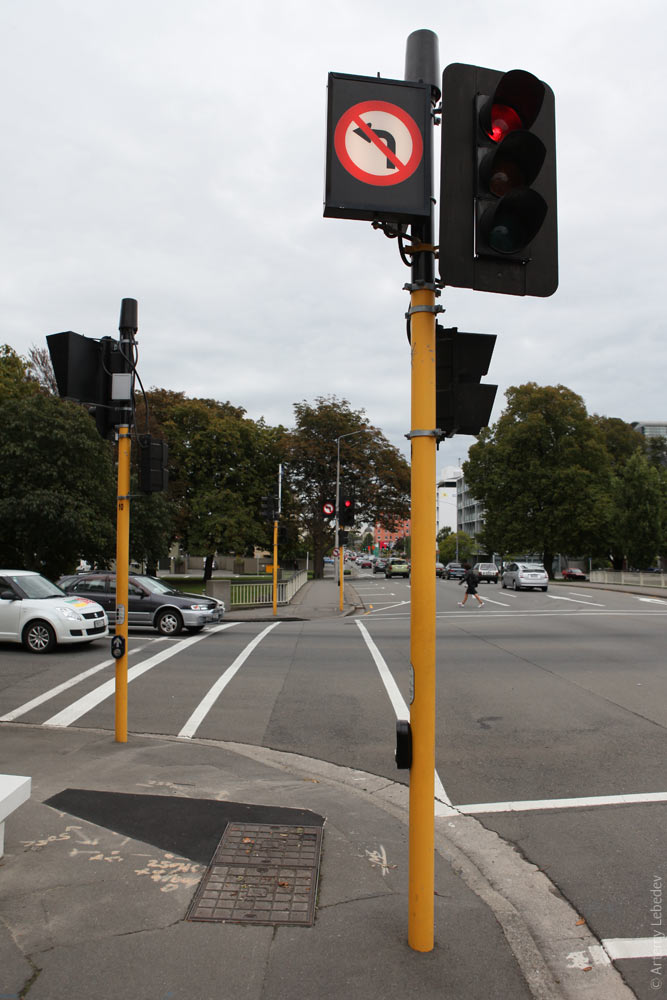 Знак любезно иллюстрирует последствия неаккуратного попадания велосипедного колеса в колею трамвайного рельса. A sign obligingly illustrates the consequences of getting your bike wheel jammed in the tram tracks. 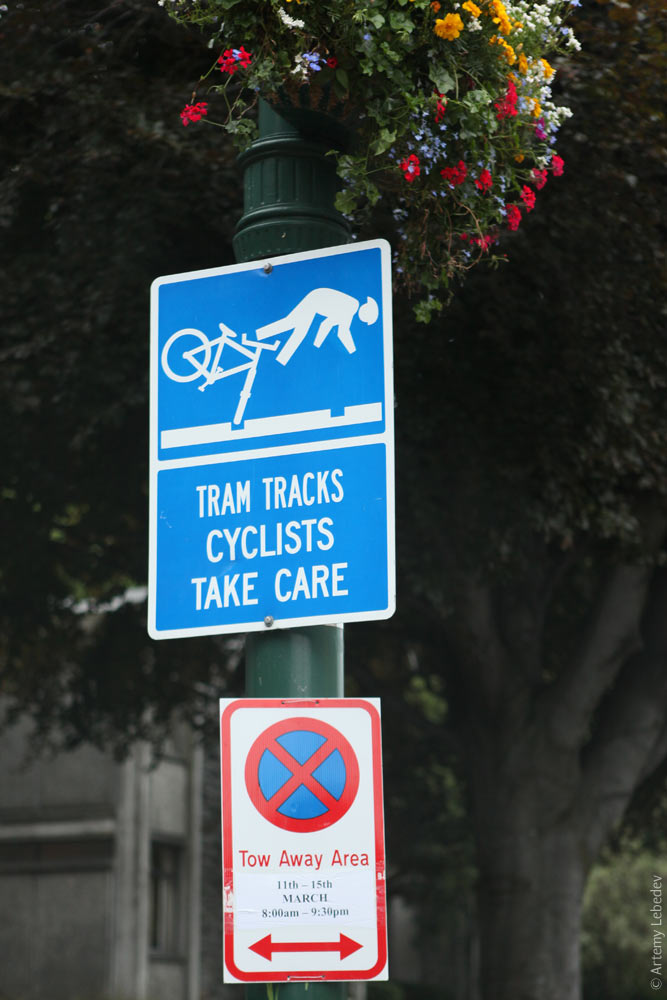 ТимаруTimaruНа карте мира MapВ городке Темука не удалось остаться на ночлег, потому что в Новой Зеландии у людей есть привычка уходить с работы строго по часам. Все администраторы в отелях работают до 9 или 10 вечера, но ни минутой позже обозначенного времени. Пришлось поехать в городок Тимару, где администраторша обещала дождаться. My plan to spend the night in the town of Temuka fell through because people in New Zealand have a habit of leaving their workplace exactly on the dot. All hotel receptionists work until either 9 or 10 p.m., but not a minute later than the stated time. I had to drive to the next town, Timaru, where the hotel receptionist had promised to wait. 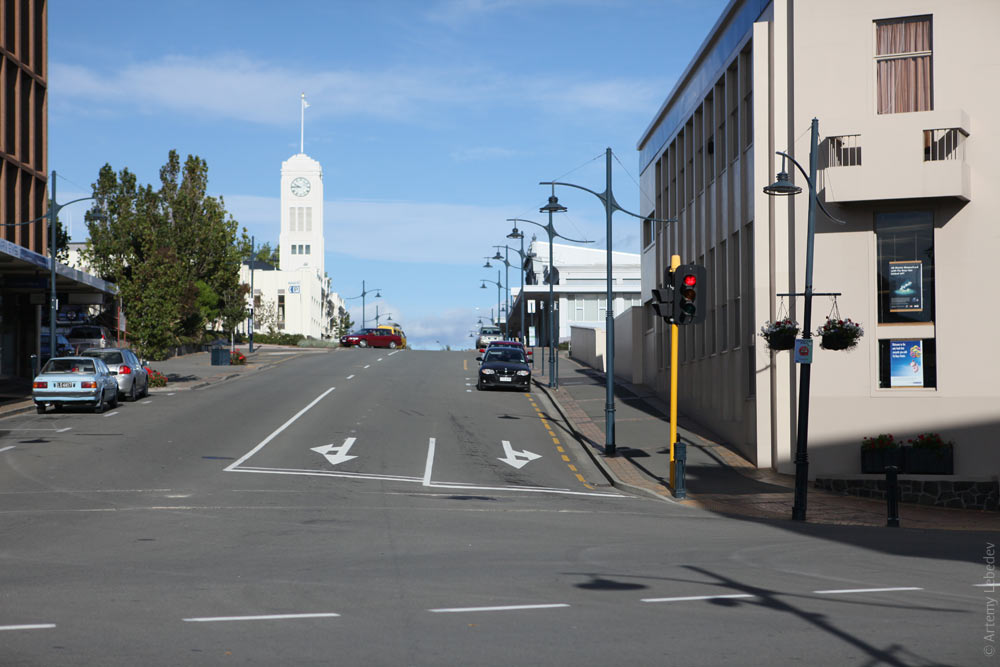 Тимару мне понравился тем, что его название похоже на сайт, на котором вы находитесь. What I liked about Timaru is that its name is similar to that of the website you’re currently on. 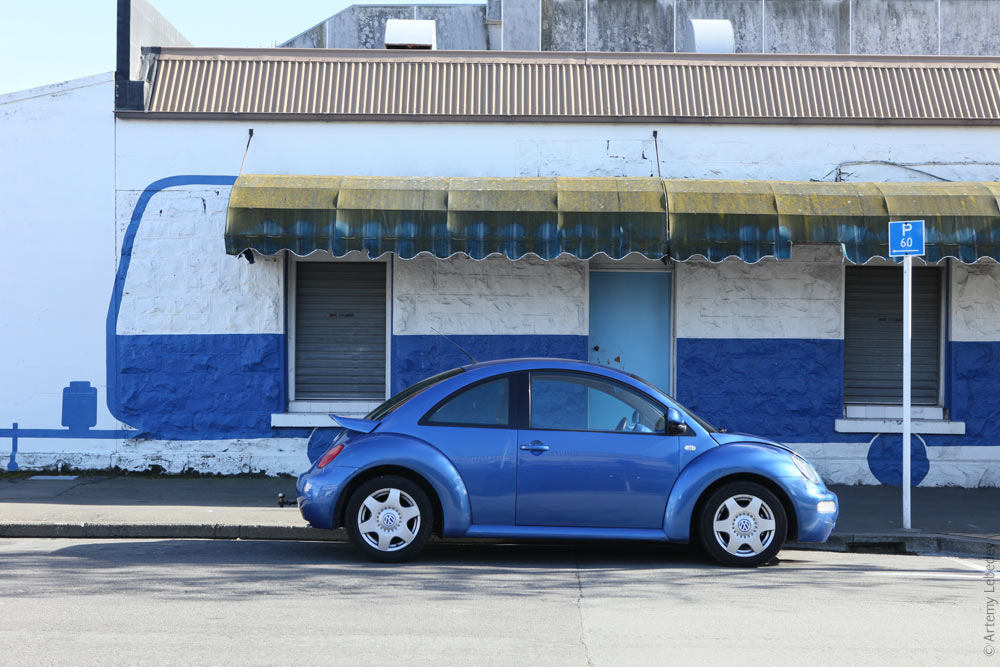 ОамаруOamaruНа карте мира MapГород Оамару я вообще собирался проехать мимо, но мне на глаза попалась прикольная бетономешалка. Я как раз искал какого-нибудь примера с надписью «киви». I had been planning to bypass Oamaru entirely, but a neat concrete mixer caught my eye. It was perfect because I’d been looking for an example of something that says “kiwi” on it. 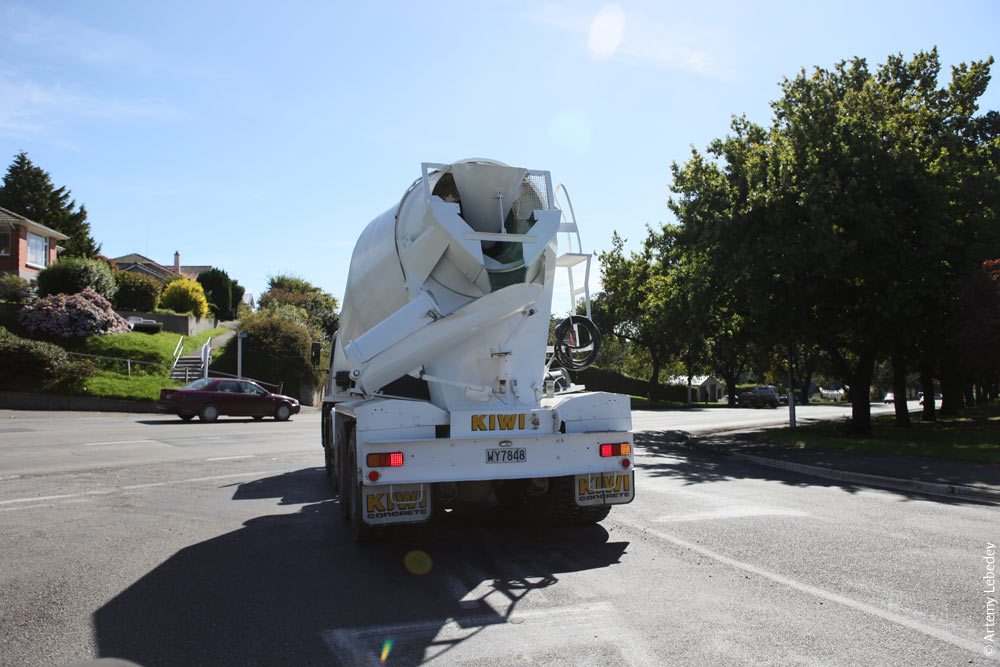 Дело в том, что киви — это название бескрылой птицы, которая, как и папоротник, является национальным символом Новой Зеландии. Заодно слово киви означает что угодно новозеландское, включая самих новозеландцев. Here’s why: kiwi is the name of a flightless bird which, like the fern, is a national symbol of New Zealand. The word “kiwi” has also come to denote anything pertaining to New Zealand, including New Zealanders themselves. Фрукт киви экспортировался в Америку под названием «китайский крыжовник», но американцам это название не нравилось. Поэтому новозеландцы в 1950-х годах актинидию деликатесную переименовали в «кивифрут». В результате сегодня во всем мире фрукт называется просто киви, а в Новой Зеландии так и осталось — кивифрут. The kiwi fruit was first exported to the United States under the name “Chinese gooseberry,” but this didn’t catch on with Americans. So in the 1950s, New Zealanders rechristened the Actinidia deliciosa “kiwifruit.” As a result, the entire world now calls the fruit simply kiwi, while in New Zealand it continues to be referred to as kiwifruit. Погнавшись за бетономешалкой, я в результате оказался в центре Оамару. И не пожалел ни секунды. My pursuit of the concrete mixer took me into the center of Oamaru. And I didn’t regret it for a second. 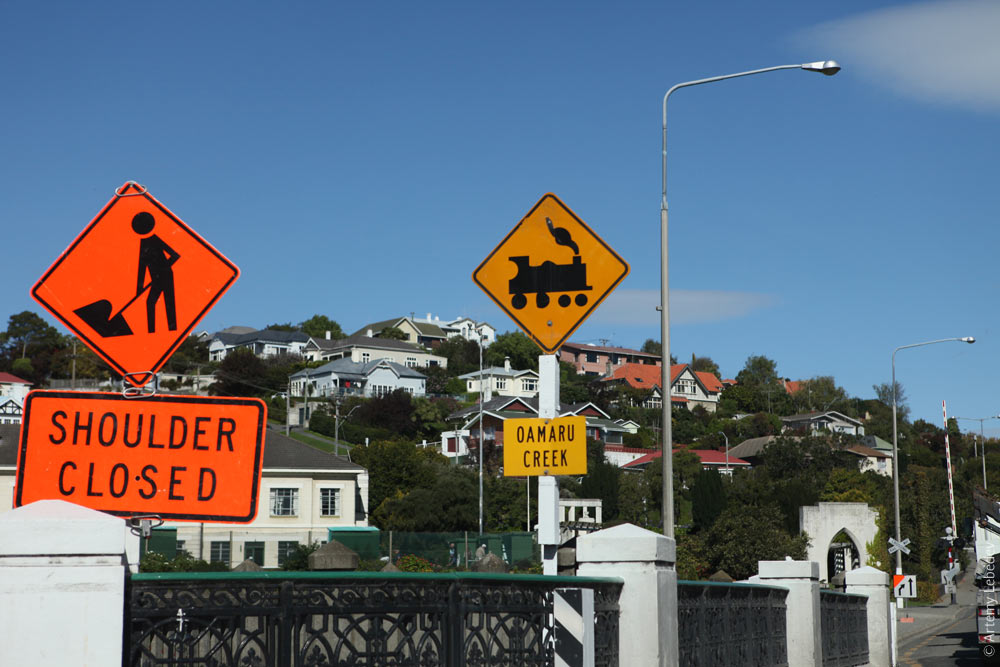 Это один из самых красивых городов в Новой Зеландии. В городе сохранилось несколько кварталов с застройкой в неоклассическом стиле. This is one of the most beautiful cities in New Zealand. A few neighborhoods with buildings in the Neoclassical style have survived here. 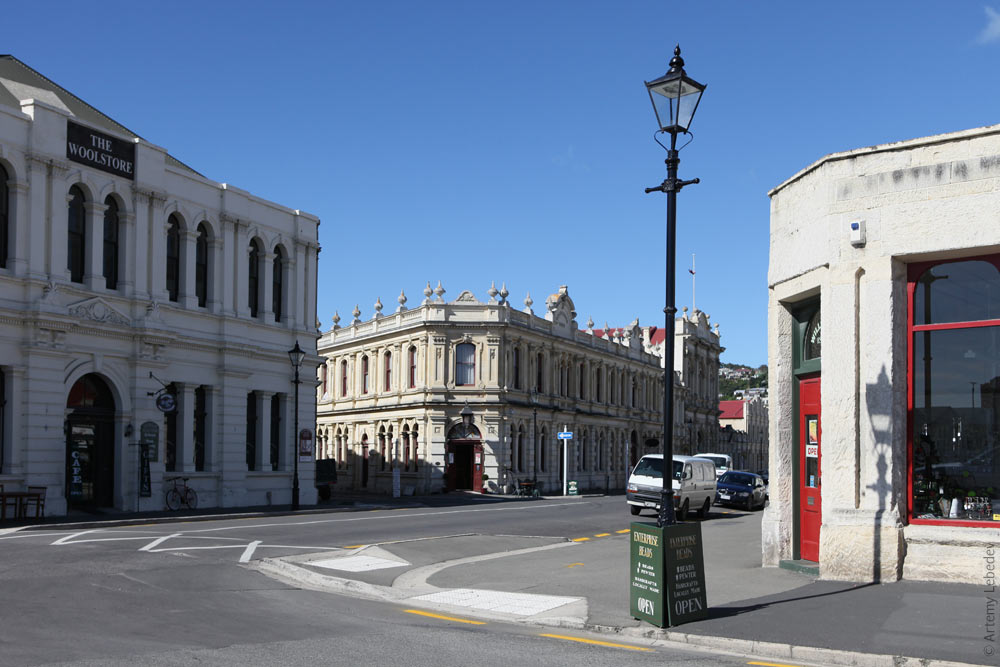 Ощущение времени потерялось. Я ехал в сторону колонии пингвинов, как вдруг из чайной комнаты вышла компания дам, одетых в костюмы второй половины XIX века. Они не были похожи на туристок, не напоминали они и специальных актеров, создающих атмосферу. Они просто вышли из чайной комнаты, просто перешли дорогу и просто зашли в гараж с велосипедами и двуколками. Они увлеченно беседовали и с искренним интересом разглядывали все вокруг. I lost all sense of time. I was driving towards the penguin colony when, suddenly, a group of ladies in late-19th-century costumes stepped out of a tearoom. They didn’t look like tourists, nor did they resemble special actors hired to create atmosphere. They simply walked out of the tearoom, simply crossed the street, and simply went into a garage full of bicycles and two-wheeled carts. They were engaged in animated conversation and examined everything around them with unfeigned interest. 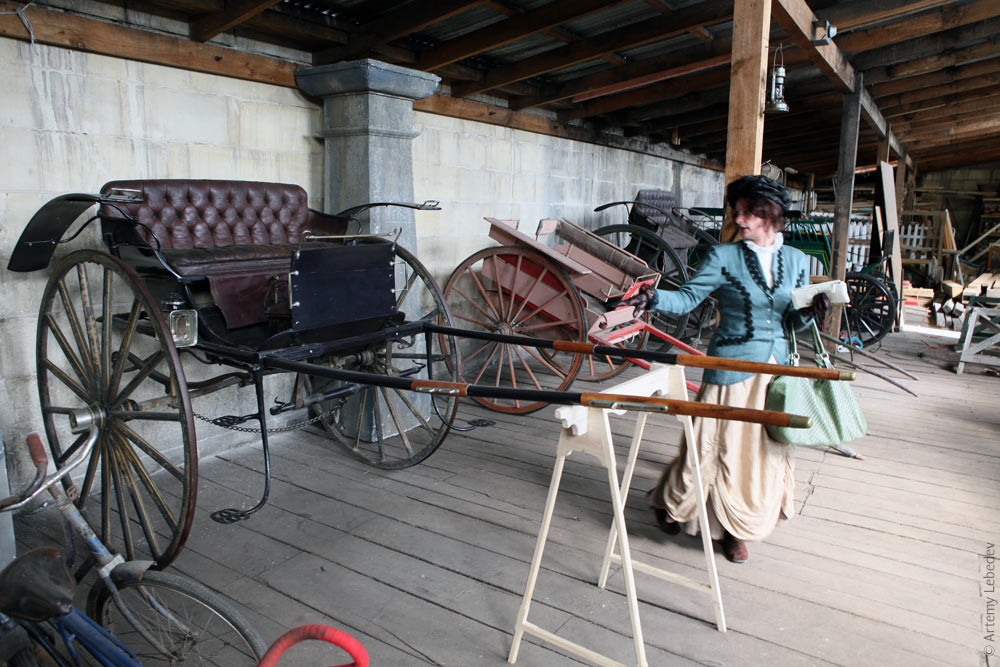 Я бросил машину прямо на дороге и помчался за дамами. На меня никто не обращал внимания. Дамы слушали рассказ кузнеца, какой-то старичок вывел на улицу один из велосипедов, сел на него и укатил. I left my car right on the street and rushed after them. No one paid me any attention. The ladies were listening to a story being told by the blacksmith; an old man wheeled one of the bicycles out into the street, got on it, and rode off. 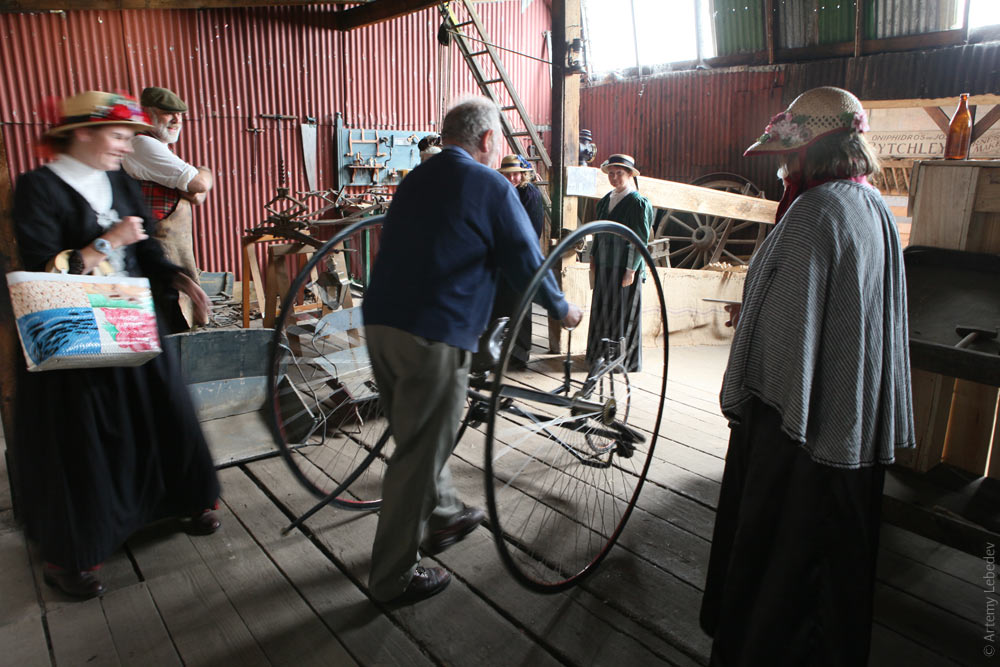 Самое сильное чувство, которое можно пережить, находясь в сознании, — это провал в прошлое. Обычно машиной времени служит старый предмет или какой-то уголок в городе. Нужно отвлечься от всех признаков современности, отключить звук телевизора, забыть про мобильник, и тогда, может быть, провалишься назад во времени. А в Оамару ничего не пришлось додумывать — прошлое вдруг стало настоящим. The most intense feeling you can experience while still conscious is slipping into the past. Usually, the function of a time machine is performed by an old object or a certain corner of the city. You have to turn your attention away from all signs of modernity, mute the TV, forget about your cellphone, and then, perhaps, you’ll be able to slip back in time. But in Oamaru, there was no need to resort to imagination—the past suddenly became present. 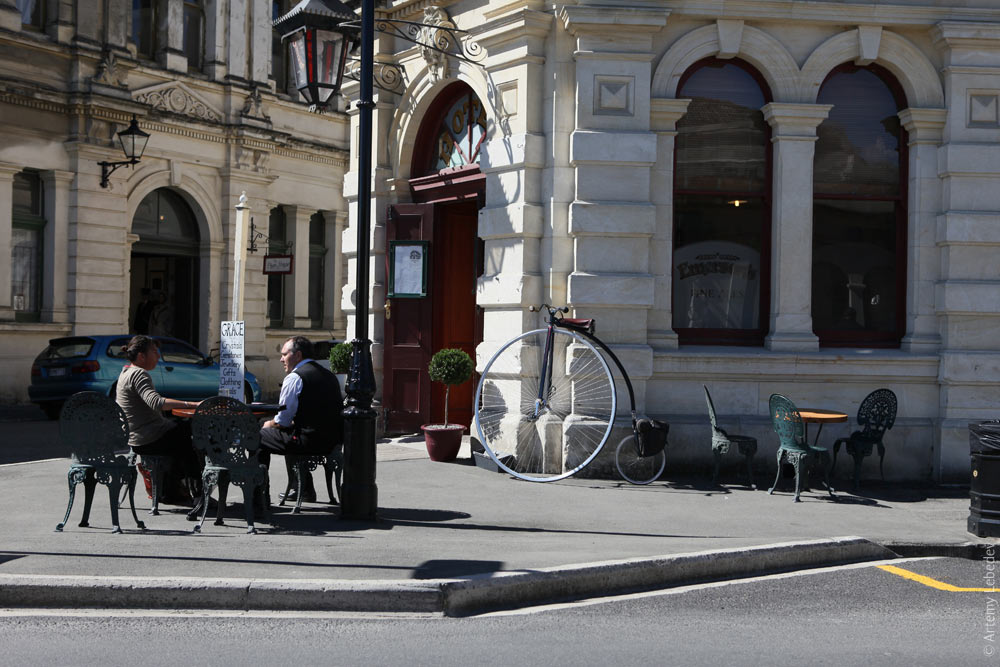 Еще тут есть ооочень скучная колония пингвинов. Каждый турист считает своим долгом сфотографировать поставленный специально для туристов знак, предупреждающий о том, что тут, якобы, пингвины переходят дорогу. Какой-то дед повесил на знак довольно пошлую плюшевую гусеницу и принялся ее фотографировать. Заметив меня, сказал: There’s also a suuuper-boring penguin colony here. Every tourist considers it his duty to take a photo of the sign marking an alleged penguin crossing, which was put there specifically for tourists. Some old guy hung a rather kitschy stuffed caterpillar over the sign and proceeded to photograph it. Noticing me, he said, “Don’t be surprised.” — Не удивляйтесь. So I wasn’t surprised. 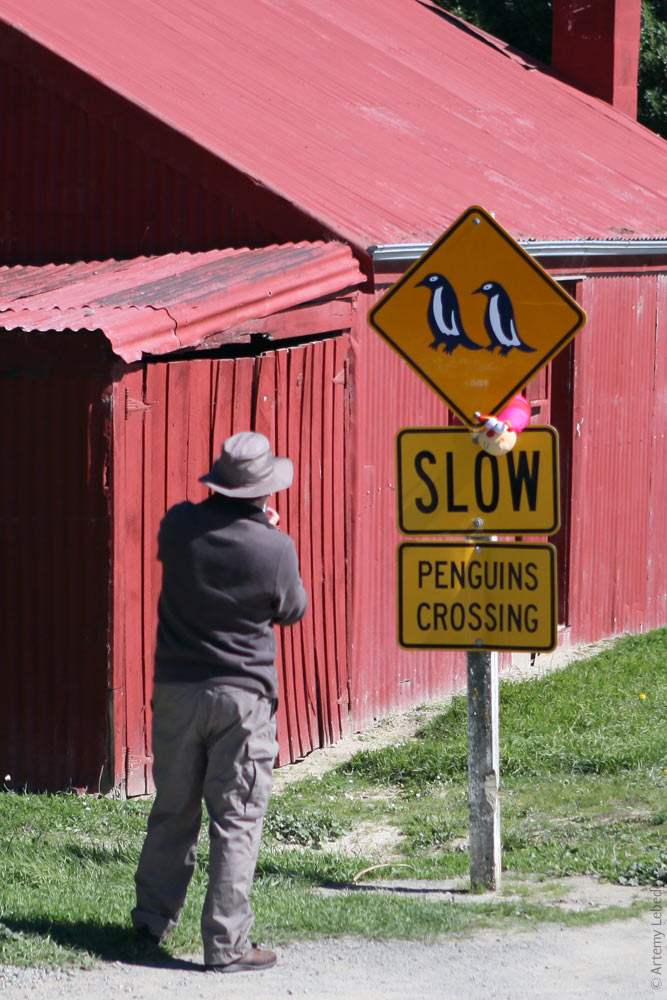 Ну я и не удивился. ДанидинDunedinНа карте мира MapЗдесь свой собственный вид запрета на распитие спиртного на улицах. The city has its own sign banning the consumption of alcohol in the streets. 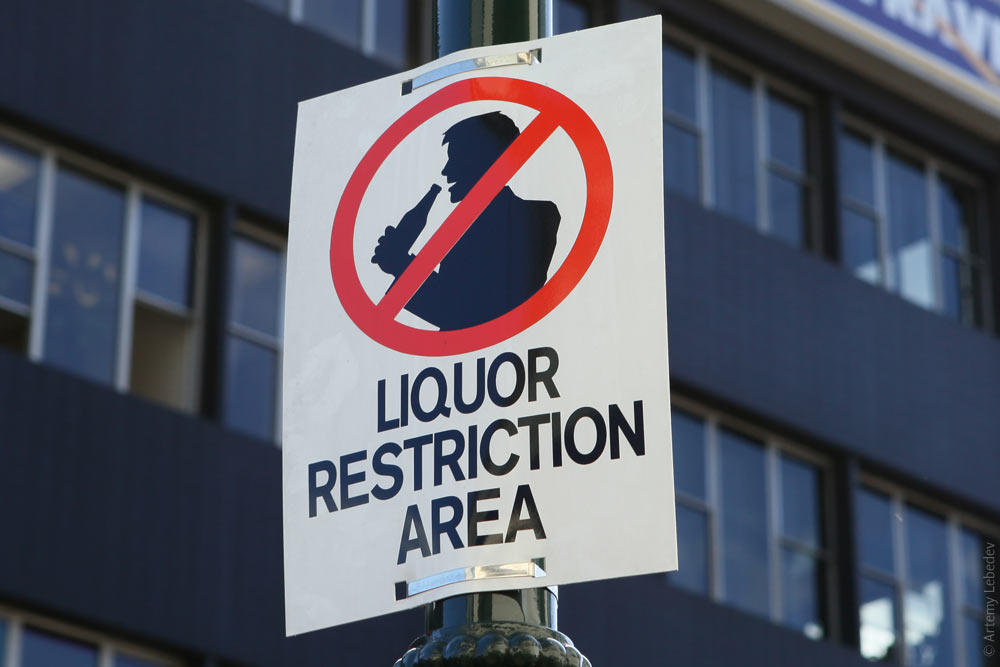 У круглых знаков непонятные декоративные подпорочки снизу. Round traffic signs have weird little decorative supports on the bottom. 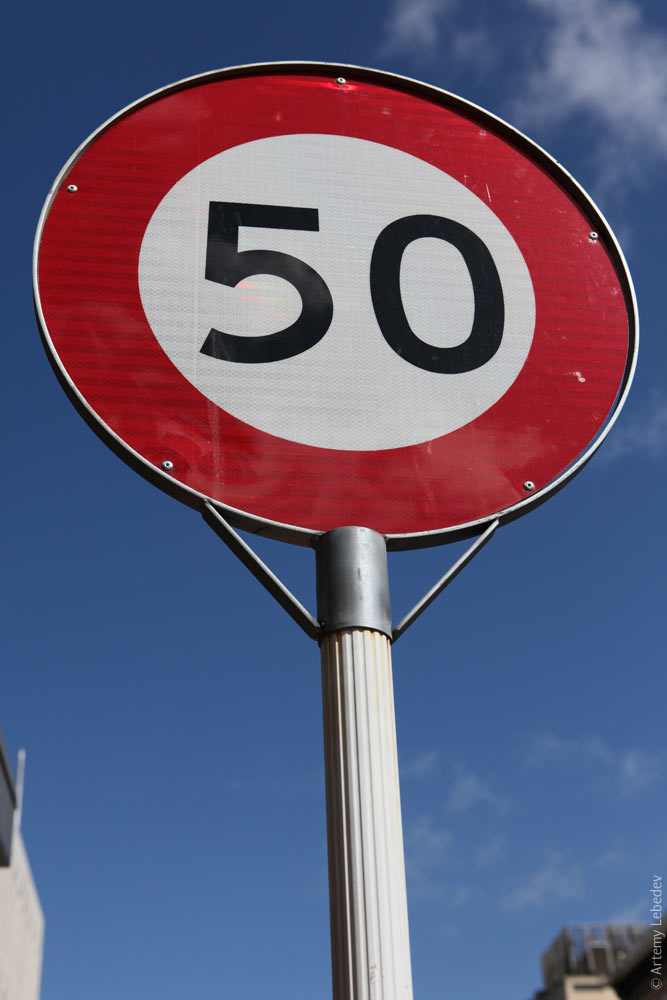 Данидинская урна. The Dunedin trash can. 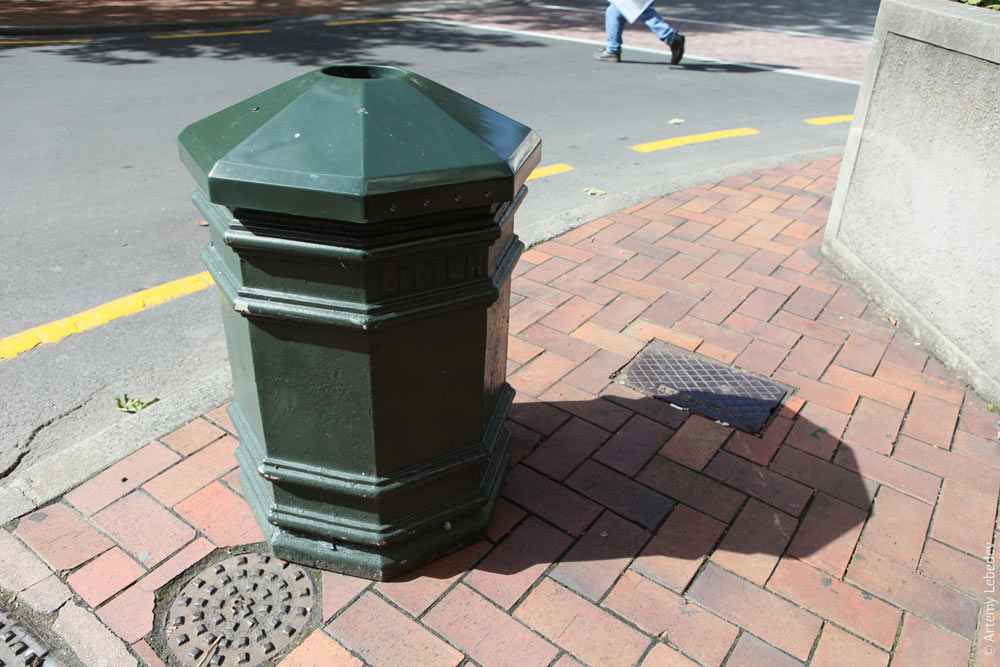 Тут свой особенный стиль, который заключается в длинных и подробных пожарных лестницах, опоясывающих здания. The city has its own special architectural style, which consists of long and elaborate fire escapes circling the buildings. 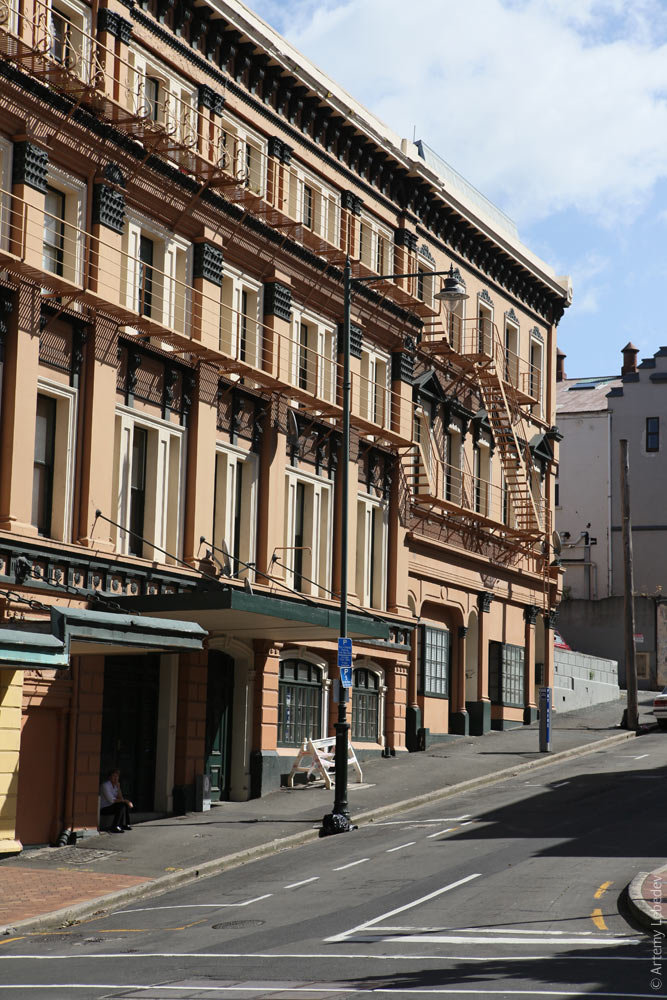 |